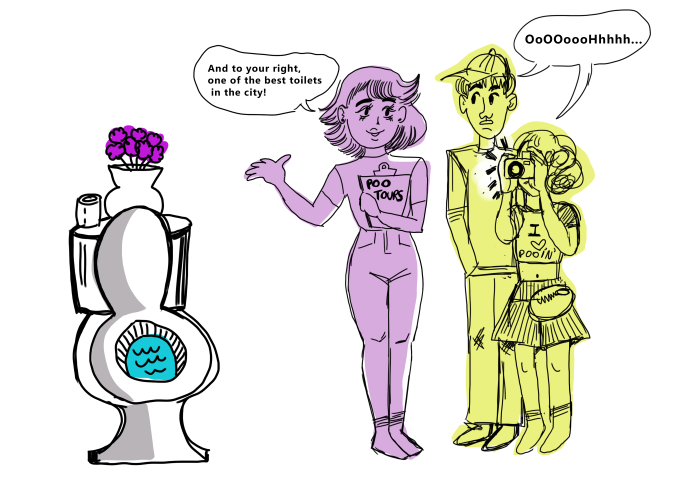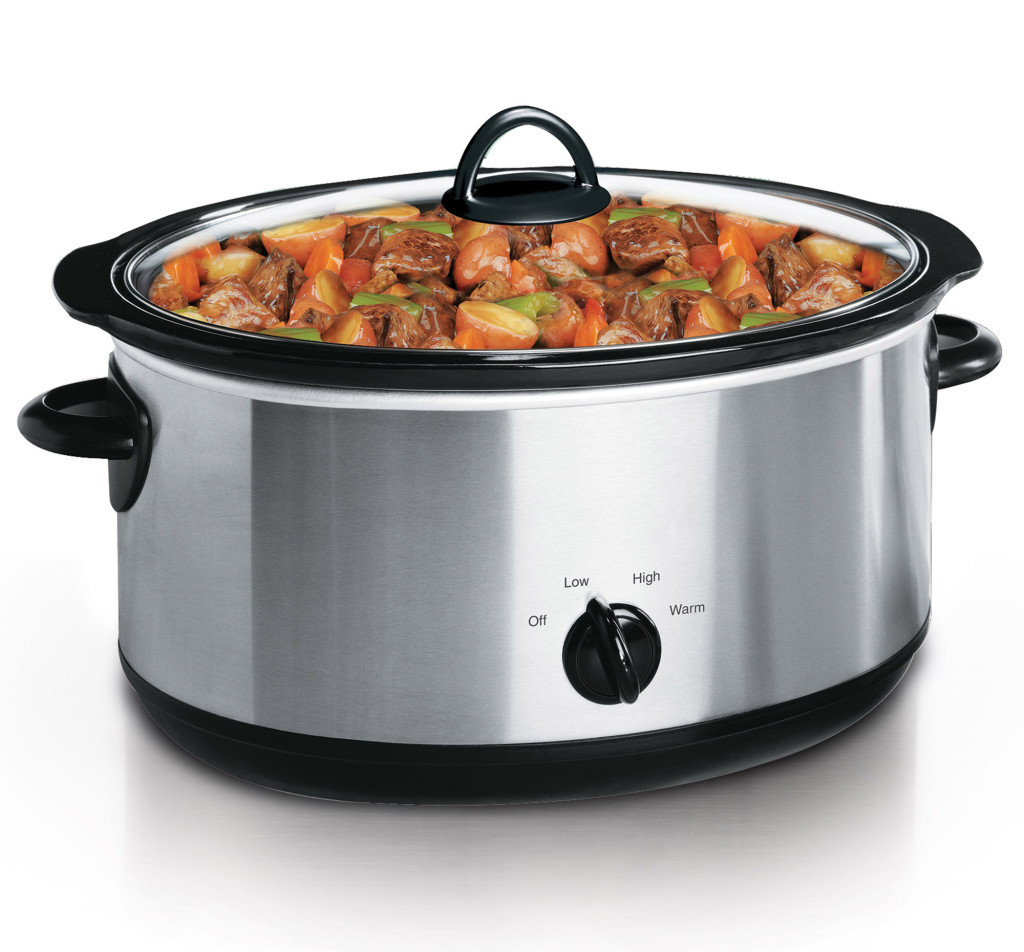
Advice for Game Masters
By Duncan Fingarson, Senior Columnist
Worldbuilding, the process of creating your own game world for an RPG campaign, can be daunting. However, it can also be fun and rewarding. In the years I’ve spent as a “Game Master” (GM), I’ve spent a lot of time building worlds. In the process, I’ve learned a lot about how to make the process easier to accomplish.
To begin with, you should always start by considering what sort of game the world is for. If it’s for a game focused on exploration, you’ll probably want to draw a map. If it’s a game filled with political intrigue, then the power structure is pretty important. If it’s just for kicking down doors and looting some dungeons, then you probably don’t need to worry about the world at all, at least not to start with.
Once you know what your world is about, you can start filling in some details. Don’t sweat the small stuff. Everything your players come into contact with they’ll be seeing for the first time. They won’t know if you’ve changed the name of the duke, or that you don’t have stats for all the NPCs (Non-Player Characters), because they don’t see that stuff before it happens. Keep good notes, and they’ll never need to know you fudged a few things.
If you do have a map, great. Maps are a good visual aid for understanding the world. They can be big or small, have any number of things on them, but remember your players are only going to deal with the stuff close to them, or the things that factor into their backstories. It’s probably not worth filling out an expansive underground kingdom if your players never go near it—so focus your efforts first on the things that they’ll be starting out near. Broad strokes will do for the rest.
Don’t forget to consider your geography, either. If you have mountains, rivers should flow away from them. What is the climate like in each area? It doesn’t make sense to have your northern tundra-dwellers sitting next to the world’s biggest desert just because you thought both of those things would be cool. What technology level is your world at? Do they have ships, trains, or just horses? That will inform your political boundaries, but so will rivers and mountain ranges. Where are resources the most abundant? Cities tend to be built where there’s easy access to water and food. If there’s neither, that area might be filled with a nomadic culture instead.
Lastly, don’t be afraid to borrow here and there. Dungeons and Dragons is heavily rooted in Tolkien and European culture, but there’s no reason you need to stick with that. It’s fantasy, so if you see a cool idea from somewhere else, feel free to steal it and change it to fit your world. Worldbuilding and adventure design is just about the only place where using other people’s ideas is okay, so make full use of that.
Hopefully I’ve inspired people who might not have ever tried worldbuilding before to give it a shot. Having your own world can really keep RPGs feeling interesting and fresh, so it’s definitely a skill worth cultivating.


